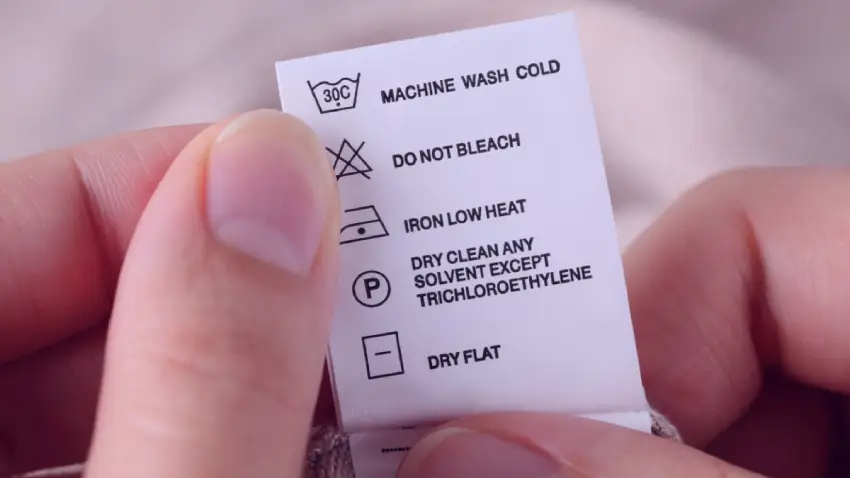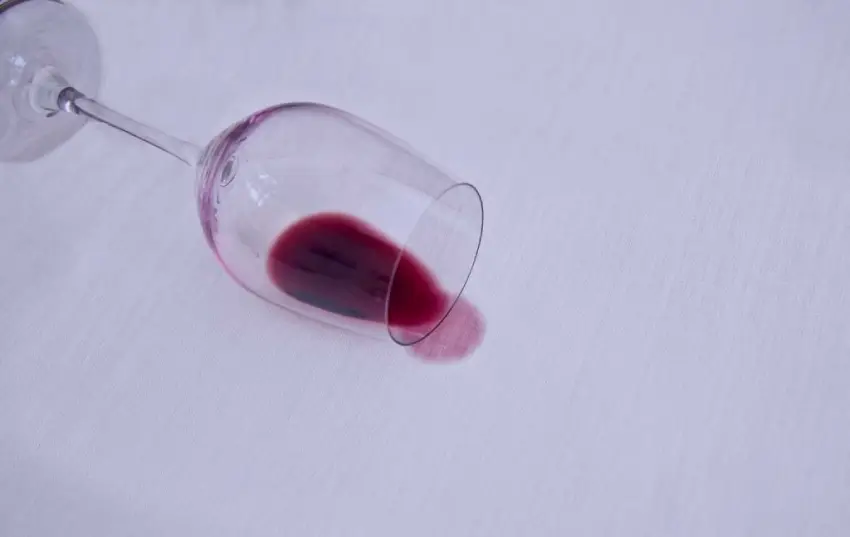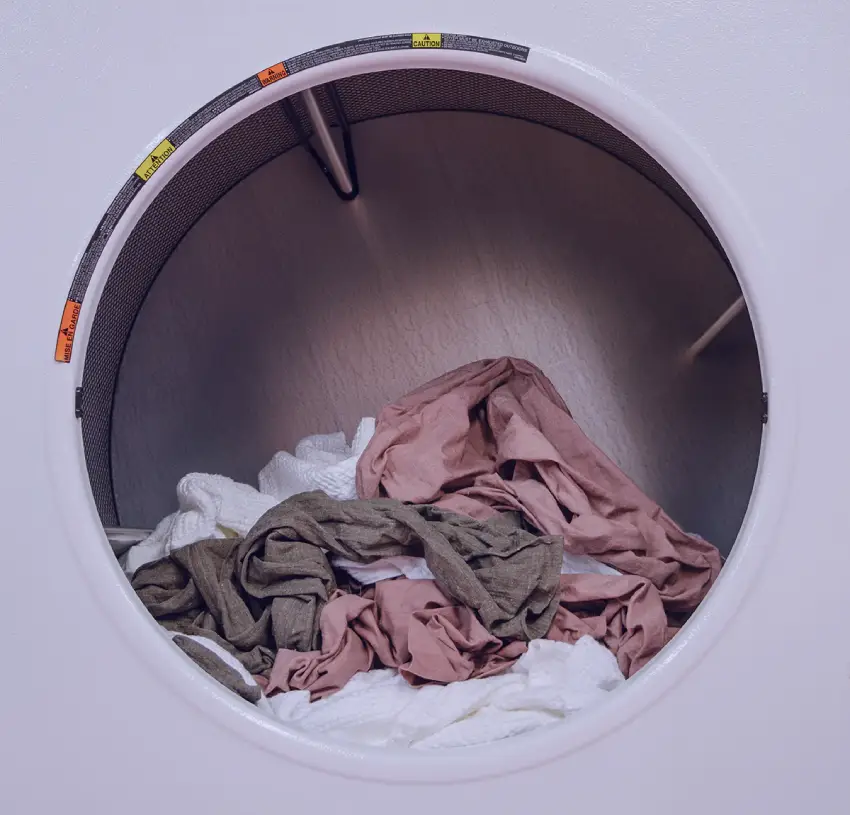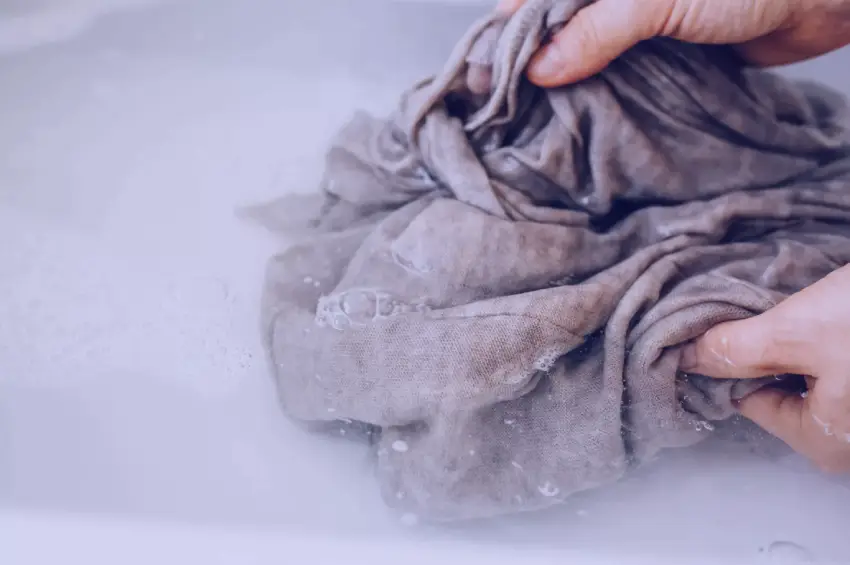Pre-Wash Linen Prep Tips
Before washing your precious linen items, there are a few preparatory steps for a smooth and successful clean. Begin by emptying all pockets to prevent unexpected stains and damage during the wash. Also, fasten any buttons and zip up zippers to maintain the shape and to avoid snagging. If you’re dealing with stains, pre-treat them with a gentle stain remover, constantly testing an inconspicuous area first to ensure colorfastness.
For color preservation and to reduce shedding, turn garments inside out. In the case of linen bedding or more oversized items, shaking them out pre-wash can release any loose debris and result in a more even clean. With these initial measures, you’re setting the stage for a successful, linen-friendly wash.
Spot Cleaning Techniques
Linen’s natural fibers demand careful attention, especially when spot cleaning, to preserve its integrity and appearance.
- Blot the Stain: Gently dab at the stain with a clean, dry cloth to absorb as much of the spill as possible, avoiding rubbing.
- Apply Mild Detergent: Mix a solution of mild detergent and lukewarm water. Apply minimally, targeting only the stained area.
- Rinse Thoroughly: After treating, blot with a damp cloth to rinse, ensuring no soap residue remains, which can attract more dirt.
- Repeat if Necessary: Persistent stains may require a second application, but always be gentle to avoid fiber damage.
- Air Dry: Let the spot air dry completely; avoid direct heat sources, which can set stains or cause shrinkage.
Proceed cautiously and always test a small, inconspicuous area first to confirm the cleaning method is safe for your specific linen item.
Sorting Linens by Color and Weight
Begin by grouping.
Careful sorting ensures longevity and vibrancy. By separating your linens into lights and darks, you not only prevent color bleeding that can dull your finer whites but also help maintain the vibrant hues of darker fabrics. Moreover, weight differences can cause lighter items to dry quicker, potentially leading to over-drying when mixed with heavier linens.
Group within groups for efficiency.
Sort by specific use case. For instance, bedding should be washed separately from clothing to prevent pilling and preserve fabric surface integrity.
Weight matters in drying, too.
When drying linen, group similarly weighted linens. This will ensure even drying and reduce the risk of some items over-drying while others are still damp.
Mastering Linen Washing Techniques
Understanding the nature of linen items is critical when it’s time to put them in the washing machine. Choosing the correct washing settings and following the proper steps will keep your linen in the best possible condition for many years.
Optimal Washing Machine Settings
Often, the proper machine settings are vital to maintaining the pristine condition of your linen items. A gentle cycle with cold water is the best choice for most linens.
Select a mild, linen-friendly detergent and avoid harsh chemicals that can damage fibers.
Aim for a slower spin cycle to prevent the linen from becoming overly wrinkled and stressed. This step will keep your linens emerging from the wash in optimal condition and ready for drying.
Moreover, consider an extra rinse cycle to ensure all soap residue is removed. This is especially beneficial for those with sensitive skin or allergies. Always check the care label for specific temperature and cycle settings instructions, as some pieces may be fine with warmer temperatures. In addition, look out for a “linen” or “hand wash” cycle option on your machine, designed with these delicate textiles in mind.
Hand-Washing Linen Essentials
Hand-washing linen can preserve its unique qualities and extend its life.
- Fill a basin with lukewarm water. Avoid hot temperatures that can shrink or damage the fabric.
- Use a gentle detergent. Opt for mild soap specifically designed for delicate fabrics.
- Soak the linen. Submerge the item and let it soak for about 10 minutes.
- Handle with care. Gently swish the item around without twisting or scrubbing harshly.
- Rinse thoroughly. Change the water until it runs clear to remove all soap residue.
- Do not wring. Instead, press the water out gently or roll the item in a clean, dry towel.
Always lay linen flat to dry to maintain the shape and texture of your items.



